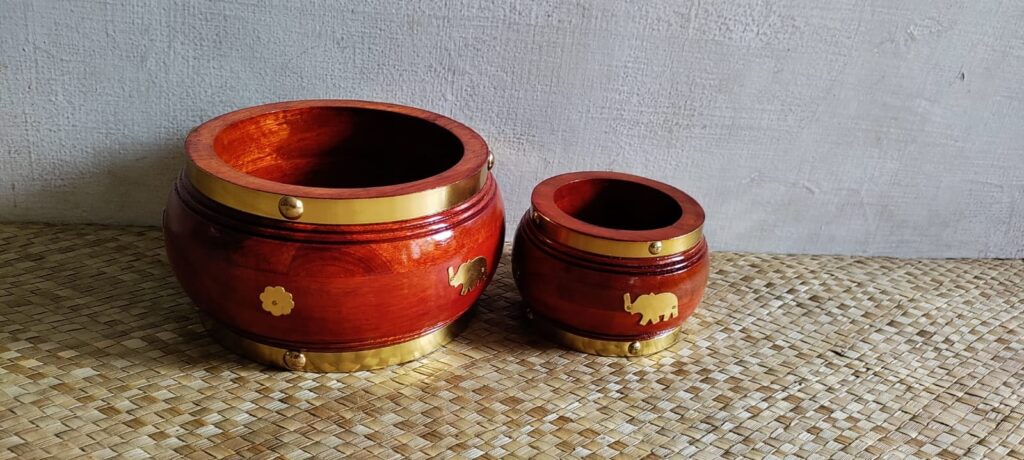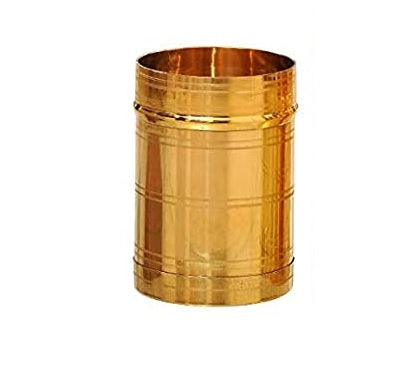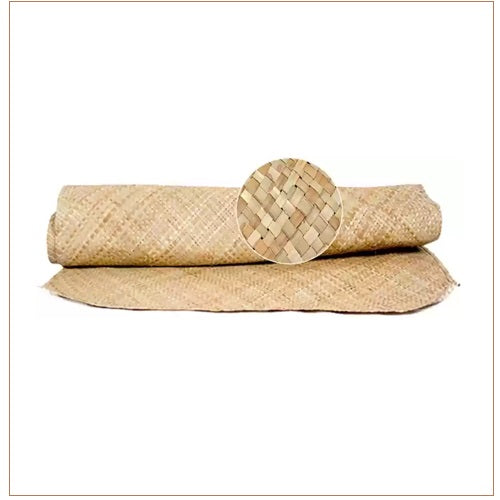
Nazhi (നാഴി) Traditional measuring too tool commonly used in Kerala , India, primarily for measuring grains like rice.
Details of the Nazhi: Materials
- Material: Traditionally, Nazhis were made from various materials such as:
- Wood: Often from the jackfruit tree, sometimes with brass decorations.
- Brass: Durable and considered auspicious.
- Clay: Simpler and more common in earlier times.
- Modern versions can also be found in stainless steel.
Shape: Typically cylindrical with a closed, flat bottom and a wide, open mouth for easy filling and emptying. The edges are usually smooth and rounded.
Size and Capacity: The capacity of a Nazhi can vary slightly, but it generally measures around 200-340 grams of rice or other grains. Some sources mention a capacity of 1 litre, but this might refer to a larger variant or a modern interpretation.
Read more about religious articles :Avani Palaka – Jackfruit Wood Chowki Bajot
Units and Hierarchy: The Naazhi is the base unit in a traditional measurement system:
- 4 Naazhi = 1 Idangazhi (ഏകദേശം 800g to 1.36 kg)
- 10 Idangazhi = 1 Para (ഏകദേശം 8 kg to 13.6 kg)
- 7 Para = 1 Sack
- 10 Sacks = 1 Cartload (in older times, referring to what a bullock cart could carry)
Naazhi Uses:
Measuring Grains: Its primary use was for accurately measuring rice, paddy, and other dry goods for daily use, trade, and agricultural purposes.
Religious and Auspicious Occasions: In traditional Kerala culture, a Para filled to the brim with rice (Nirapara) and adorned with coconut flowers is a significant symbol of abundance and prosperity. It is used in various Hindu rituals, festivals like Onam, marriages, and temple ceremonies. A Nazhi might be used to measure offerings in smaller rituals.
Home Decor and Cultural Symbol: Today, while modern weighing scales are prevalent, the Nazhi is often kept as a decorative showpiece, representing Kerala’s rich cultural heritage and agrarian past. Miniature versions are also popular as souvenirs.
Traditional Kitchen Tool: Some people still use it for measuring ingredients in traditional cooking, valuing its simplicity and connection to older ways.
Historical Significance:
The use of the Nazhi and the associated measurement system dates back centuries, long before the introduction of standardized metric units. These traditional tools were integral to the socio-economic fabric of Kerala, especially in a predominantly agrarian society. The Para, being a larger unit, was crucial for measuring harvests and land produce. The Nazhi, as the basic unit, played a vital role in daily transactions and household management.
While the metric system is now the official standard for measurement in India, traditional units like the Nazhi still hold cultural significance and are used in specific contexts, particularly in religious ceremonies and as symbols of heritage. You can still find Nazhis made of brass, wood, and even stainless steel being sold today, often marketed as decorative items or traditional measuring tools.





